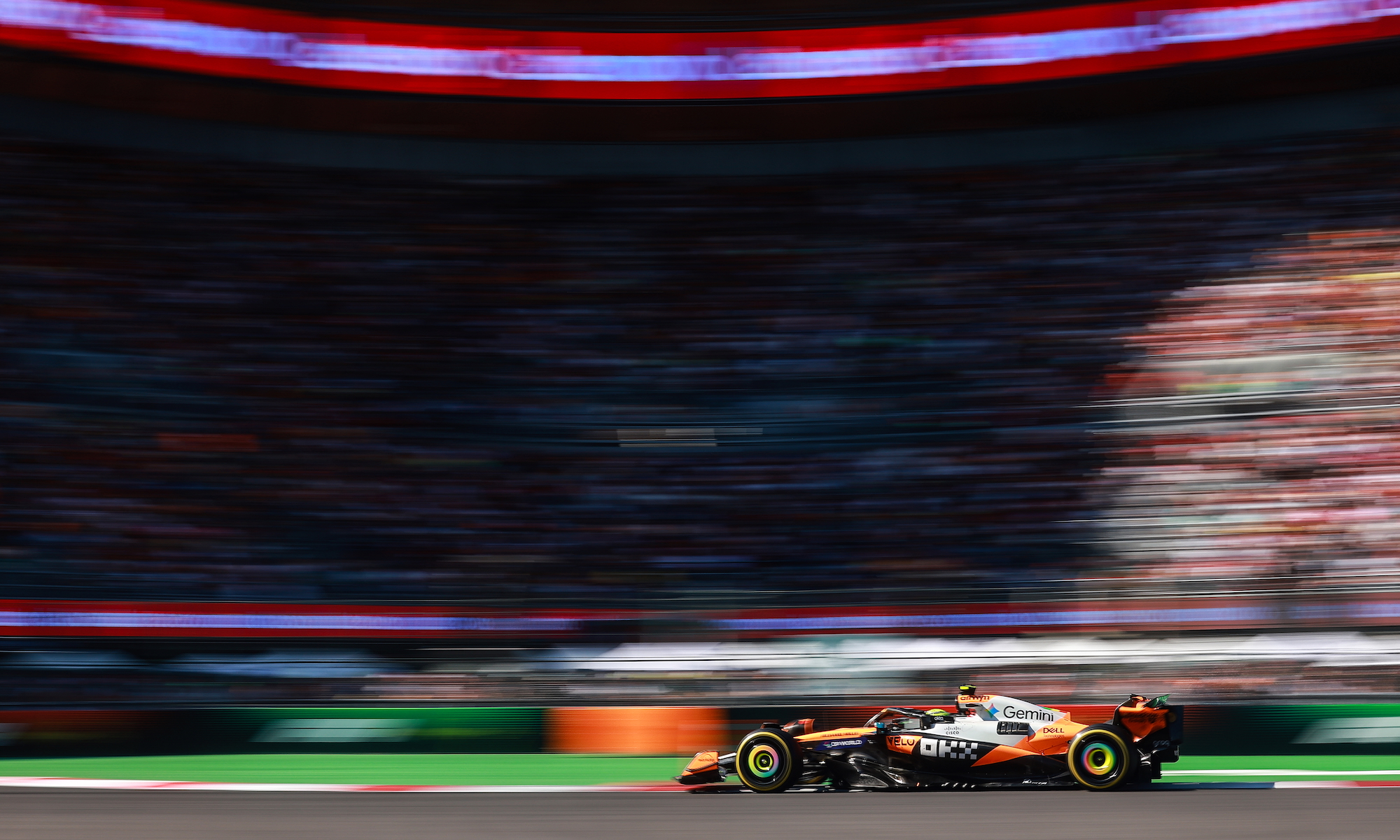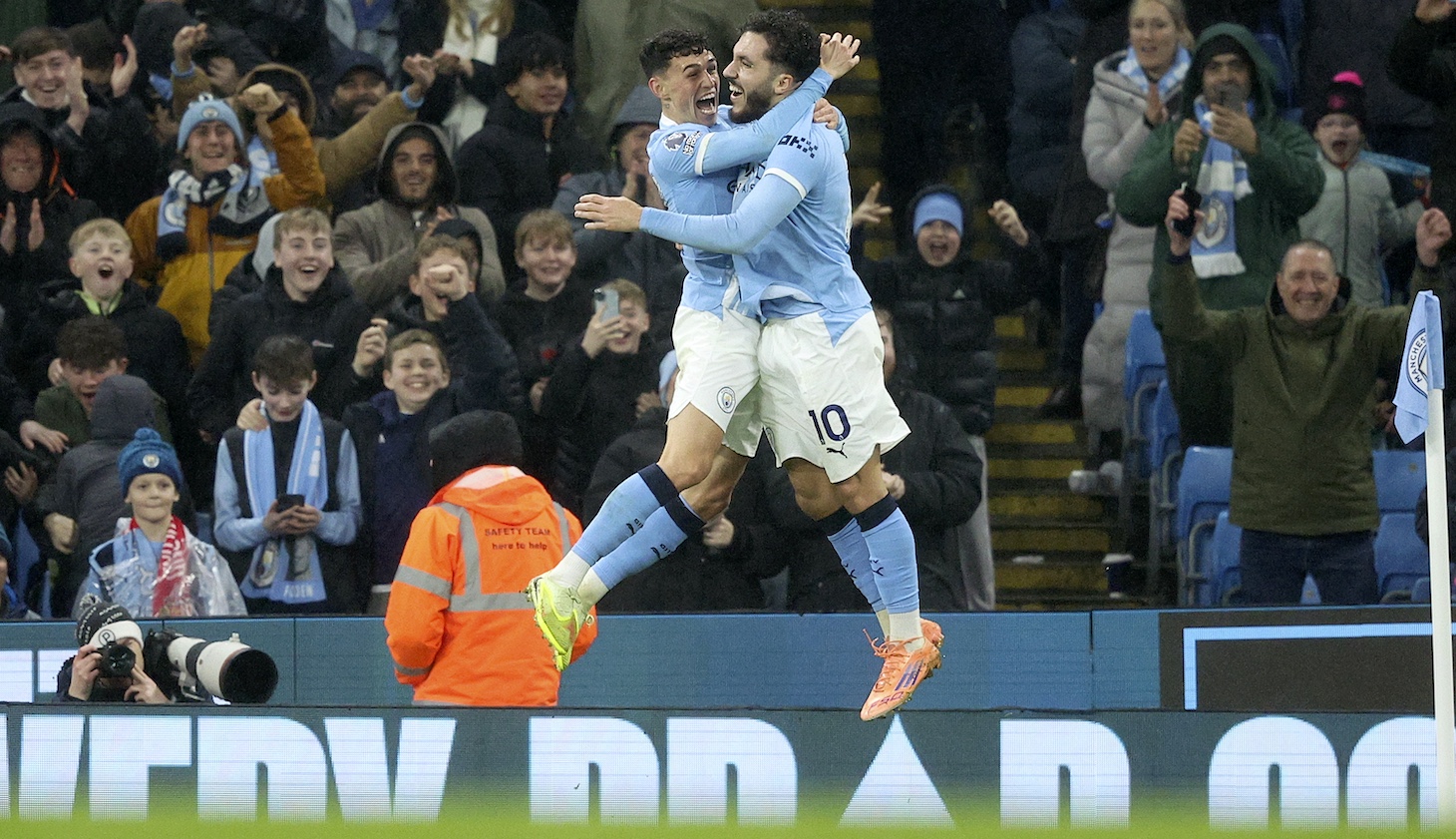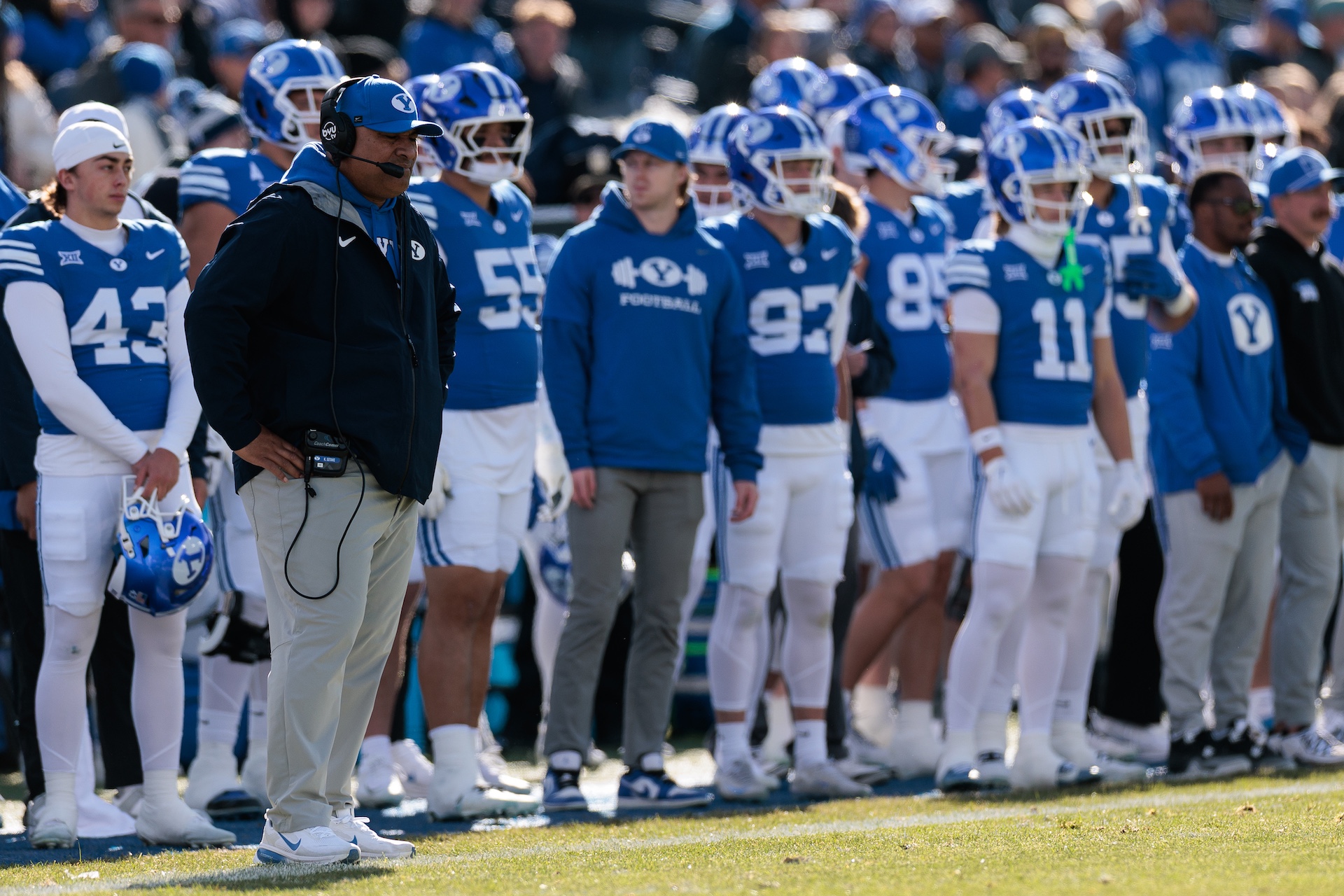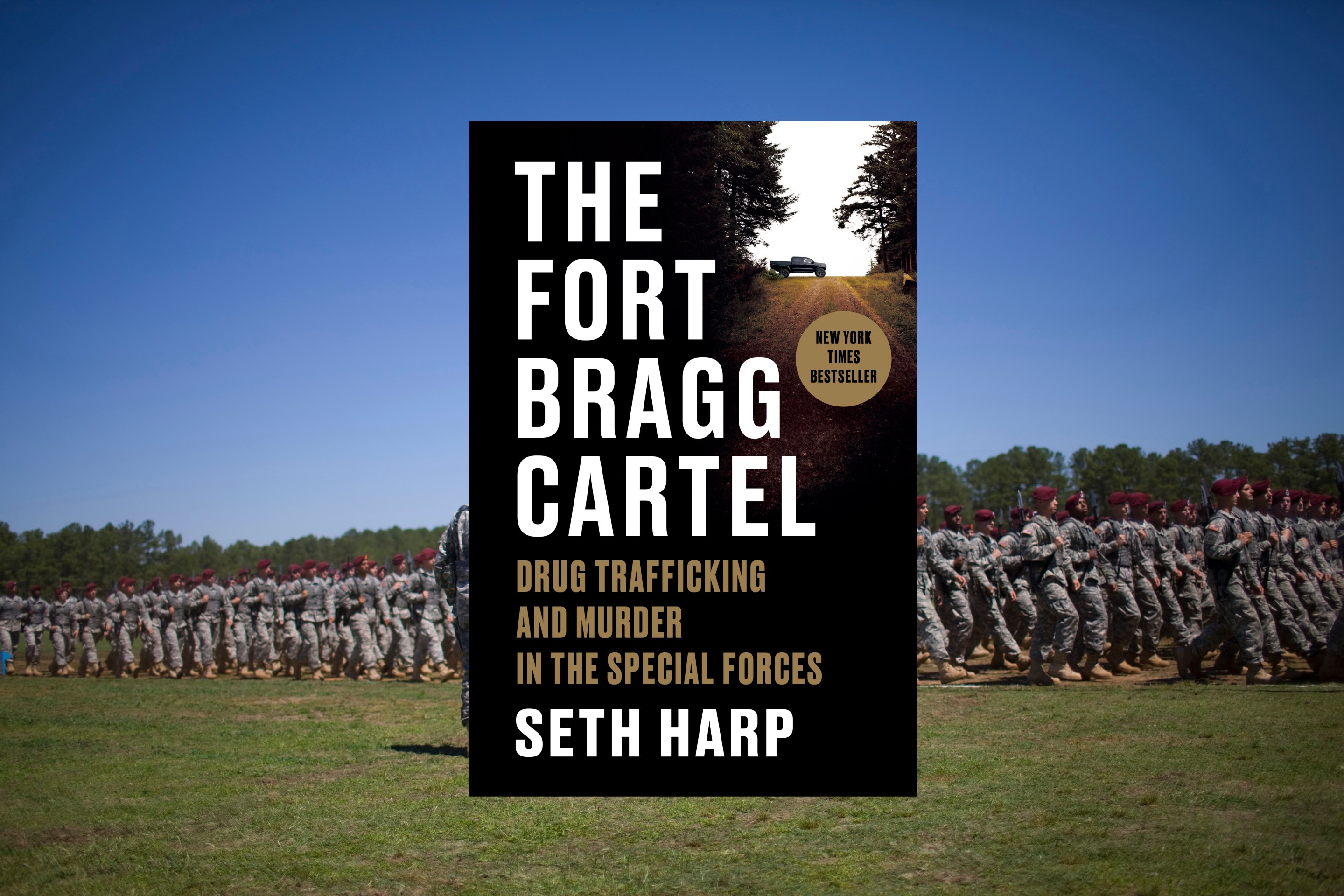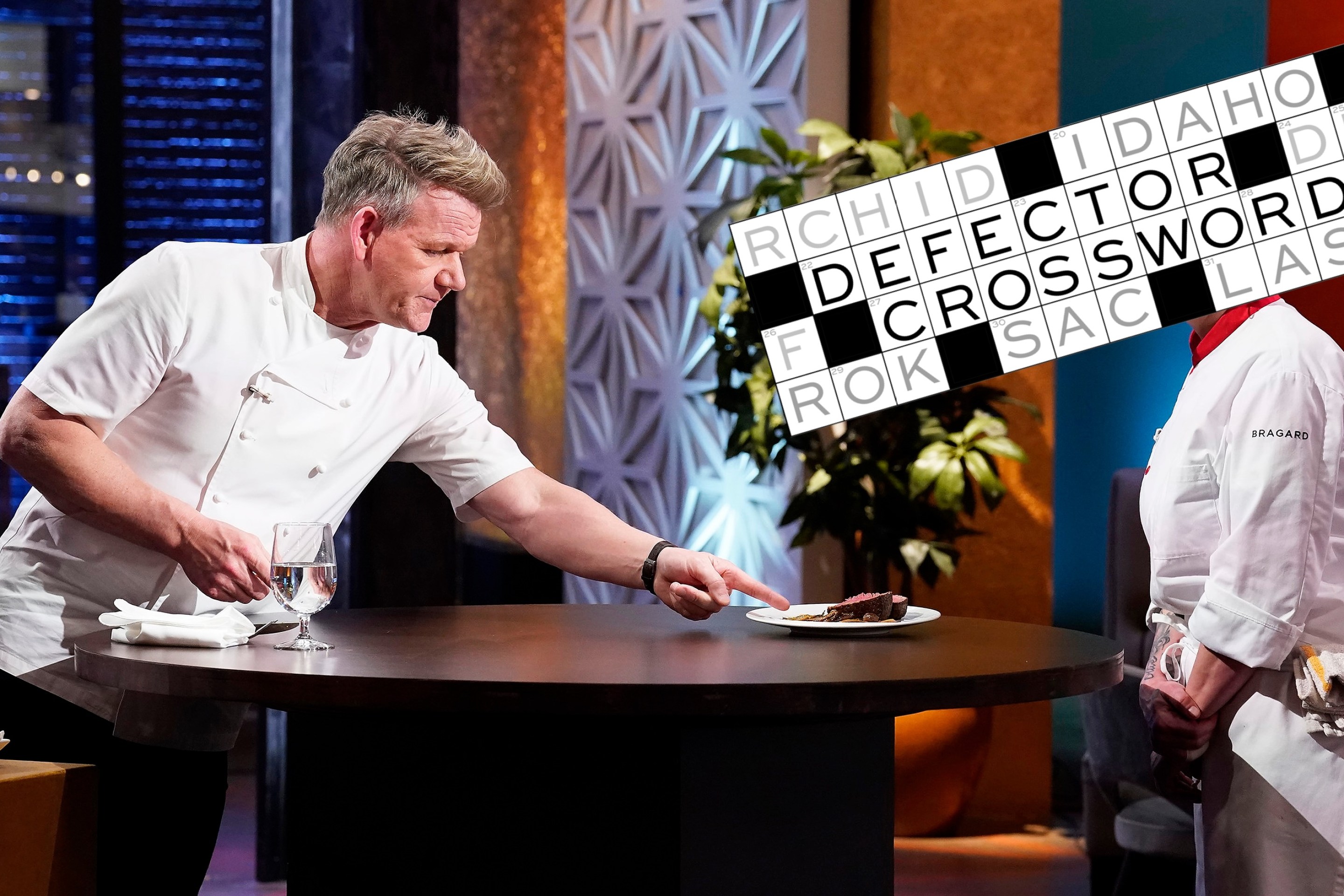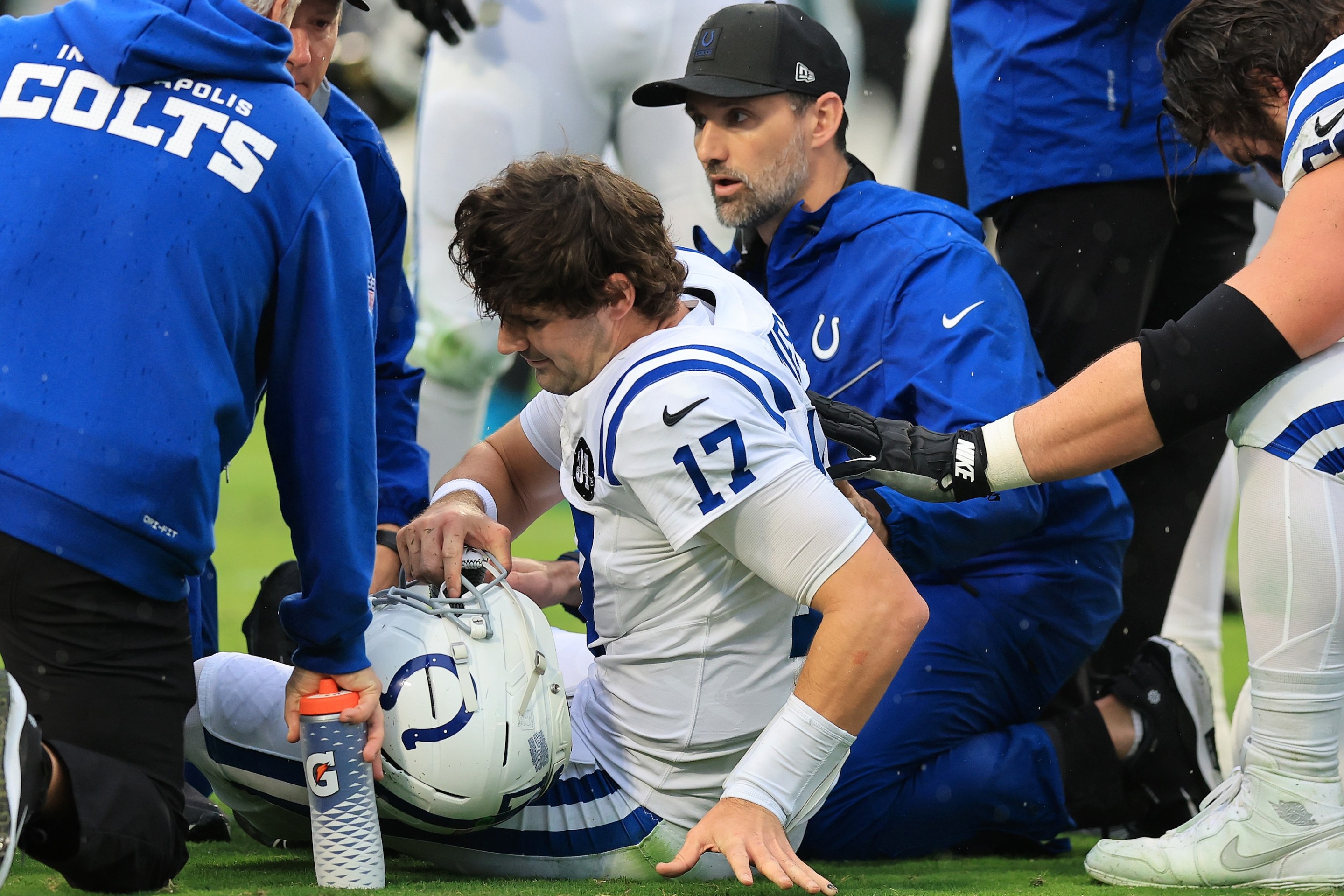It is only fitting that Lando Norris would reclaim the championship lead for the first time since April in a controversial, penalty-forward mess of a race in which he was barely involved. This is Formula 1, after all. It's always litigation season.
From the very start of the Mexican Grand Prix, the first cars—headed by Norris, the Ferraris of Charles Leclerc and Lewis Hamilton, and Max Verstappen—got into an impressive muddle that saw Verstappen and Leclerc cutting the opening corners of the track and rejoining with a track placement advantage. Under the current rules, gaining a lasting advantage off-track and not immediately returning the position risks a 10-second time penalty; stewards now leave a potential swap up to the team's discretion, as Verstappen showcased in Barcelona this year. Both drivers ceded the place to the car immediately behind them, Norris in Leclerc's case and Hamilton in Verstappen's case, though they also arguably hurt the cars further behind as well.
Five laps later, Hamilton and Verstappen, who are apparently doomed to encounter each other in a hand-in-unlovable-hand situation each weekend it is remotely possible, wound up in a wheel-to-wheel battle that involved contact and someone going off the track. Verstappen launched from far back into turn 1, and made contact with Hamilton (Hamilton later dismissed the contact, saying it "felt like racing"); when Hamilton tried to overtake Verstappen into turn 4, he locked up and wound up off track, ultimately rejoining in front of Verstappen.
Hamilton was not advised by his team to give up the place to Verstappen, a possible scenario made more awkward due to the fact that Verstappen had run wide into turn 5 and wound up behind the Haas of Ollie Bearman, meaning that Hamilton would have to allow both Verstappen and Bearman to pass. Hamilton was saddled with a 10-second time penalty that ruined any chances of a podium place in a very optimistic weekend. But we know how that usually goes.
George Russell, not one to shy away from bold statements particularly when they involve Verstappen (let's remember a quote: "unnecessary anger and borderline violence"), was very critical of the stewards' failure to hand out similar penalties to drivers for going off track on lap 1. "I struggle to understand how three drivers can cut the track and just continue with no penalty," Russell said. "In life, if you can risk everything with no consequence, you'll do this. But it ends up punishing the people who are driving properly."
With a lack of overtake opportunity and strategy variation, F1 races have been defined broadly by who is ahead at the end of lap 1. And it is not difficult to understand why Russell, who ultimately wound up at one point behind his own teammate with "a fucking car in [his] ass" might feel cheesed at stewarding for their handling of the opening laps of the race.
The closing laps of the race carried as much scrutiny, when a virtual safety car was released after Carlos Sainz Jr. spun out of the race. The safety car neutralized several very close battles for position with massive championship implications, including a fight for P2 between Leclerc and Verstappen, and a fight for P4 between Bearman and then–championship leader Oscar Piastri. The decision here should be a little less controversial—it is always better for a sport as dangerous as F1 to err on the side of the safety, as marshals appeared to still be on track during the duration of the virtual safety car. Verstappen himself seemed chipper despite the safety car.
"I mean, sometimes the safety car has been very nice to me as well in my career so sometimes you win, sometimes you lose, it's how it goes in racing," Verstappen said. For those still suffering from the traumatic viewing experience of Abu Dhabi 2021, "very nice to me" can be a little bit of an understatement.
Piastri was far less relaxed than Verstappen about his result, though his quibbles were more with his own car. "I've [had] to drive the car very differently these last couple of weekends," Piastri said. "Which, when it's been working well for you for the previous 18, is a little bit difficult to kind of wrap your head around." The immediate implication here is not necessarily intrateam sabotage, which never makes sense from the team's perspective; Norris struggled with getting a feel for the new McLaren to start the year, and Piastri has historically struggled with this stretch of the season, and the low-grip nature of the Mexican GP in particular.
So put flashiness aside, and Norris gets to receive the compliment of performing so well this weekend that he didn't have to deal with any of the mess. In order to secure his championship lead—just one point over his teammate and 36 points over Verstappen—he outqualified his teammate by .586 seconds and the next closest car by .282. He got in front, stayed in front, and let the rest of the field battle it out, and won by a margin of 30 seconds. That's just about the best an F1 driver can do in this day and age.
